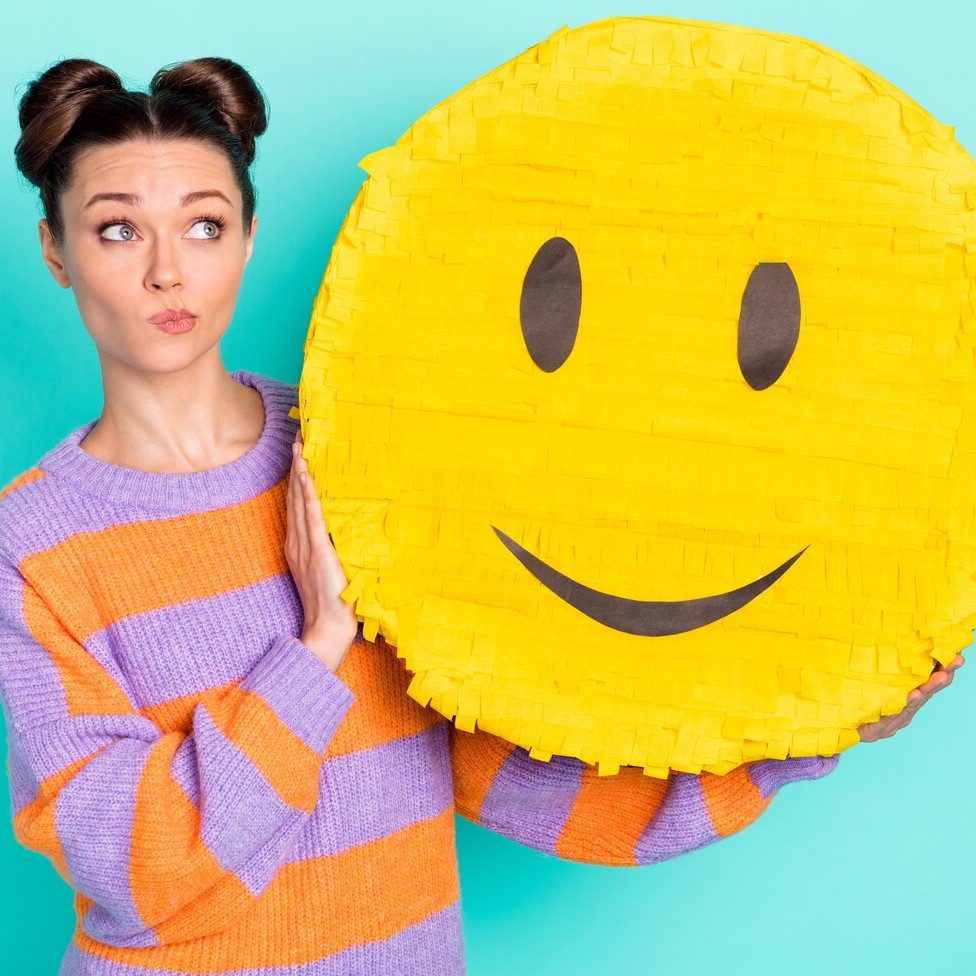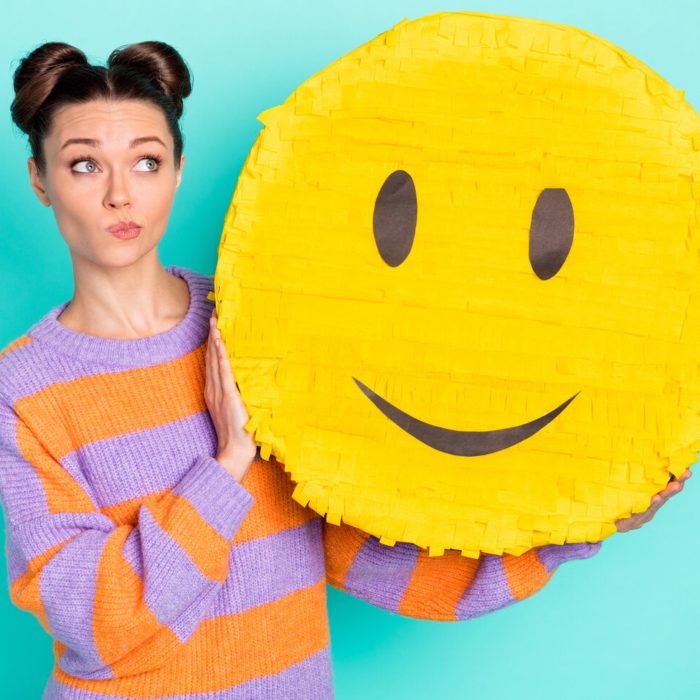

Is Your Emoji Saying What You Think It Is?
If I were to send you the following message in a text or email, what would you think I meant:
I’d be happy to help you with your work 🙂
Would you think I was genuine in my sentiment offering a helping hand? Or would you think I was fed up with your ineptitude and was treating you with disdain?
According to a recent survey about emojis by communication platform Slack and language app Duolingo, both meanings could be true, depending on where you’re from in the world and what age-group you fall into. As the report said:
🙂 While ‘feeling happy’ (38%) and ‘general positivity’ (39%) were the top uses for this emoji globally, many people also use it to show ‘deep exasperation and/or distrust’ (14%). Survey respondents in America and Singapore had the highest ‘deep exasperation’ interpretation (20% and 19%), while Canada, Korea and Japan had the lowest (8%, 6% and 5%, respectively).
That got me a little worried
Like 58% of the survey’s respondents, I hadn’t really been aware of specific emoji having multiple meanings. I just figured that a smile is a smile 🙂 and when it’s accompanied by the word ‘happy’, as in the message above, it can only mean one thing.
Further examples of multiple-meaning emojis that you may not have considered before are:
😉 A wink can be used to denote something is ironic or a bit of a laugh, but younger people may interpret it as flirtatious.
🤡 Similarly, you may think including a clown would underline the humour in your message, but younger generations use it to highlight something stupid.
☠️ The skull might be used by some to flag something dangerous or toxic, but the younger generation can use it to mean ‘dead funny’.
Don’t stop using emojis
While it might be tempting to stop using emojis altogether, these little symbols actually add a lot to your communication and 58% of respondents said they would consider an emoji-less work message “lacking”. (A percentage that rose to 71% for workers in America and over 85% for those in China.) As the survey said, “This number is only likely to increase as digital-native generations grow older.”
So what can you do?
Here are three things I’ll be doing with my emoji use going forward and suggest you might do too:
1. Be aware of your audience
The first thing is to simply take note of your recipient: Are they of a similar age or younger? Are they from a similar cultural background or a different one? Once you consciously have that in mind you can make a better decision about which emojis (if any) to use.
2. Get a second opinion
If you know someone who’s nearer in age and/or cultural background to the recipient, test your message out with them first and get their interpretation. (I’m not suggesting this for every message, but if it’s important it lands well with your audience, it’s worth getting the extra pair of eyes on it.)
3. Make your words crystal clear
In the days before emojis (the first of which appeared in Japan in 1997, if you’re interested) we relied solely on our words to convey a message. Temporarily remove the emojis from your communication and see if what you’ve written makes sense. Then add back in only the emojis that you’re sure will add the correct emphasis or clarification.
What emoji misunderstandings have you had? And what advice would you share to help people avoid them? The comment box below is ready and waiting for your wisdom! 🙂 (That’s meant as a happy face, by the way.)







#>:-o
You’re doing it old school!!!